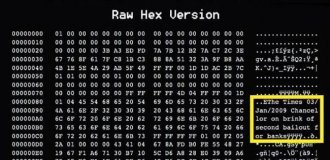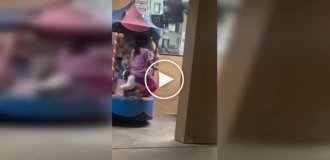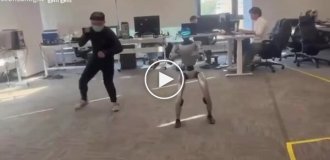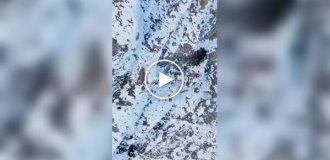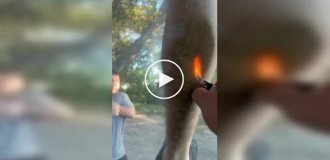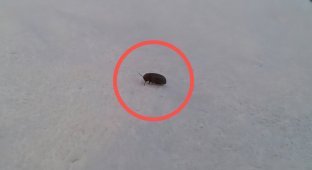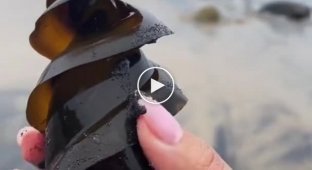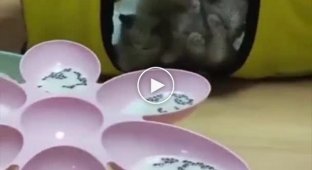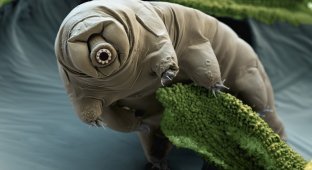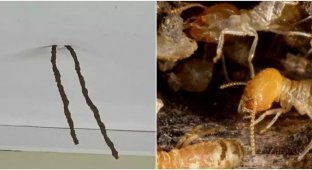Austrospirachta: the beetle grew a stuffed termite on its back to deceive the colony (6 photos)
In the microcosm, social insects are an inexorable force, destroying hundreds of thousands of arthropods every day. She cannot be defeated or stopped. But you can use its power if you know how. Austrospirachthus beetles, for example, have provided themselves with a safe and well-fed life inside termite mounds. But for this they had to turn their abdomens into... termites! 
Looks like he's carrying a termite on his back.
Austrospirachts belong to the rove beetle family, perhaps the largest family of beetles. It consists almost entirely of predators, and good predators. But the heroes of this article are simply weaklings - 2-3 millimeters in length, translucent exoskeleton, microscopic jaws. With such data you won’t be able to hunt, just beg. So they went around the world. 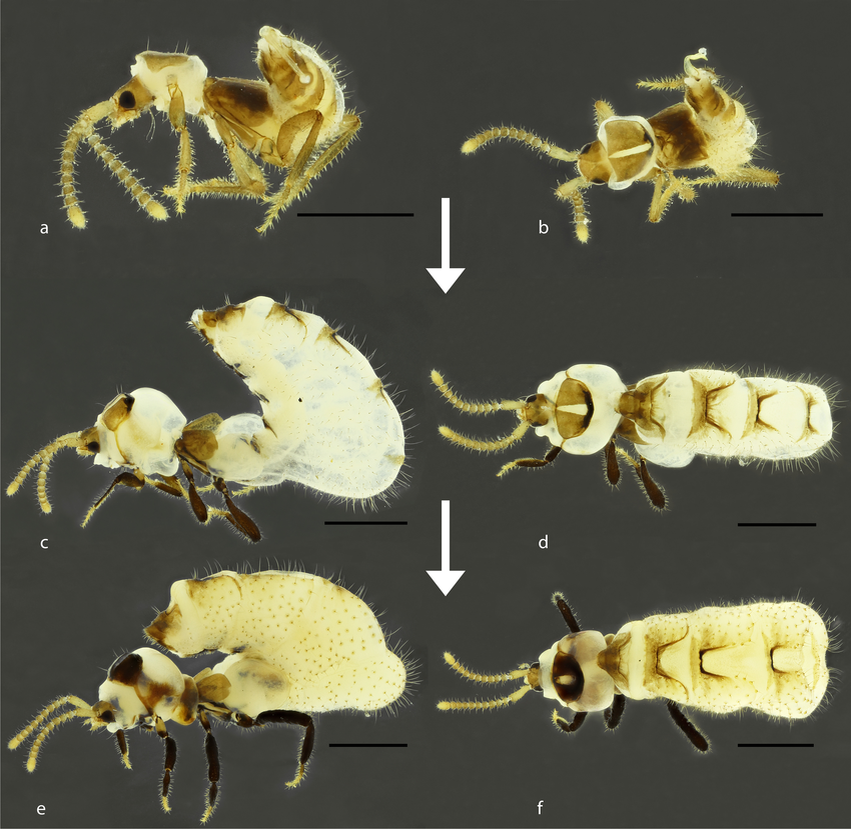
Young beetles look almost normal, with a “termite growth” appearing some time after hatching from the pupa. This process even has its own name - physogastria.
And they finally came to Australian termites. It sounds logical, because if these guys manage to build structures 4 meters high, that means they have enough food. Only here the termite mound is not an almshouse; there, an unfamiliar arthropod will be allowed into the sausage without any extra sentimentality. Therefore, it is imperative to pretend that you are part of this large and complex social organism. 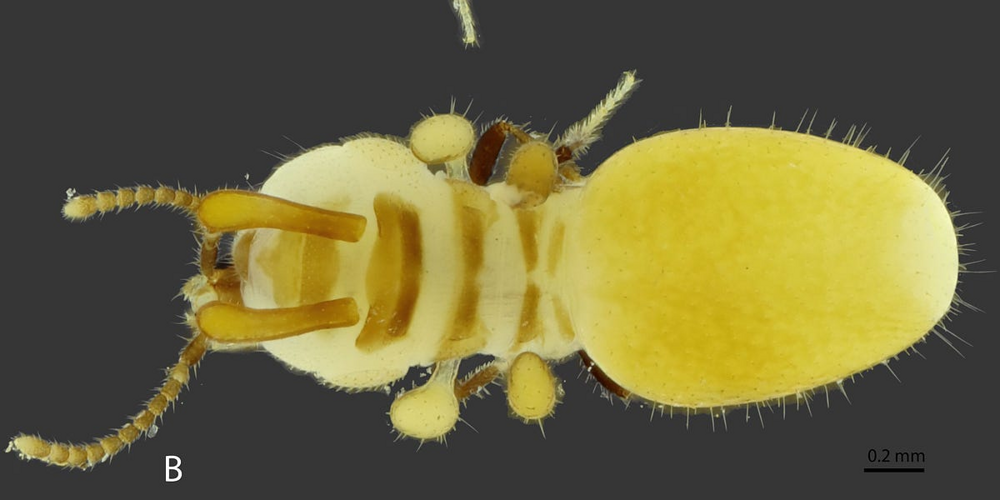
I'm a cloud-cloud-cloud, I'm not a bear at all!
The Austrospirachts were able to pass as one of their own, but for this they had to mutate greatly. The insect's abdomen is huge, it rises up, then bends forward and hangs directly above the animal's head. In addition, the insect's butt is decorated with outgrowths resembling paws and antennae. Of course, any big-eyed animal will easily identify the impostor. But here's the irony - the workers are blind! 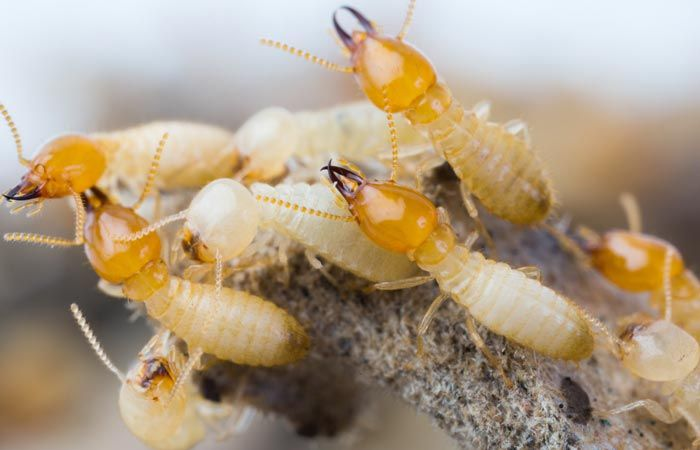
Termites come to the surface only when it cannot be avoided. They even travel to food sources through tunnels made of compressed earth and excrement. Over time, their eyes atrophied.
Therefore, Austrospirachts wander through termite mounds as if they were their own personal mansions. If the insect gets hungry, it will simply stop any worker and ask him for food, touching special areas on the termite’s head. He will belch out a tasty treat and run on to plow for the benefit of the nest and parasites. One good thing is that beggars don’t do much harm. Unlike many other living insects, beetles do not eat the eggs and young termites. 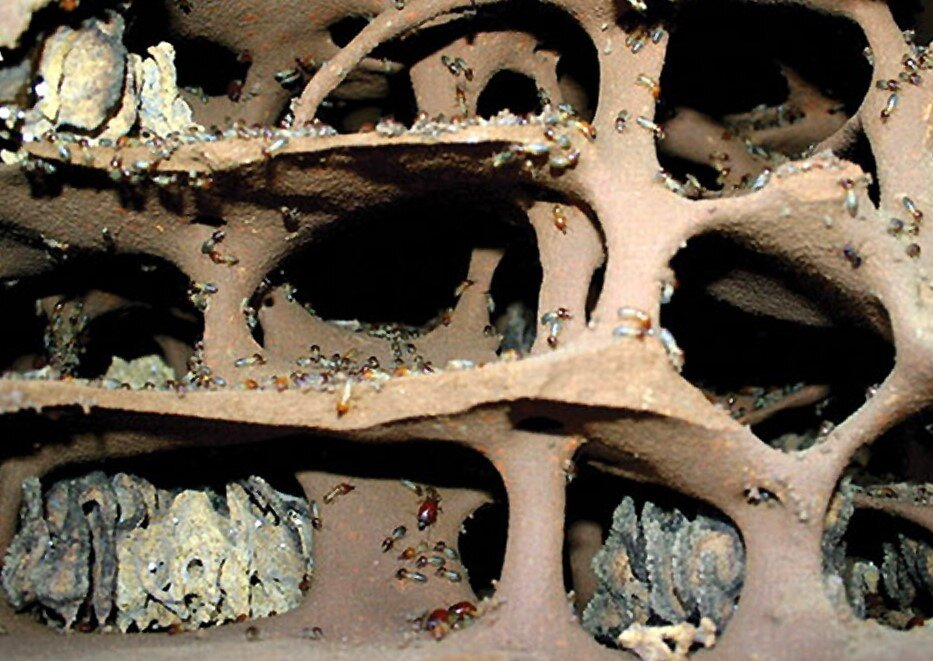
A typical home of the Austrospirachtha beetle. The insects inside are his many servants and workers. At least according to the beetle itself.
Despite the fact that Austrospirachthus was discovered more than 50 years ago, we still know practically nothing about them. All the data described above is the result of experimental studies. But in laboratory conditions it is impossible to find out how weak, slow and defenseless beetles with reduced wings move from termite mound to termite mound. It is also impossible to determine the number of species. The first species of the family was discovered in 1973, and the second in the summer of 2023. 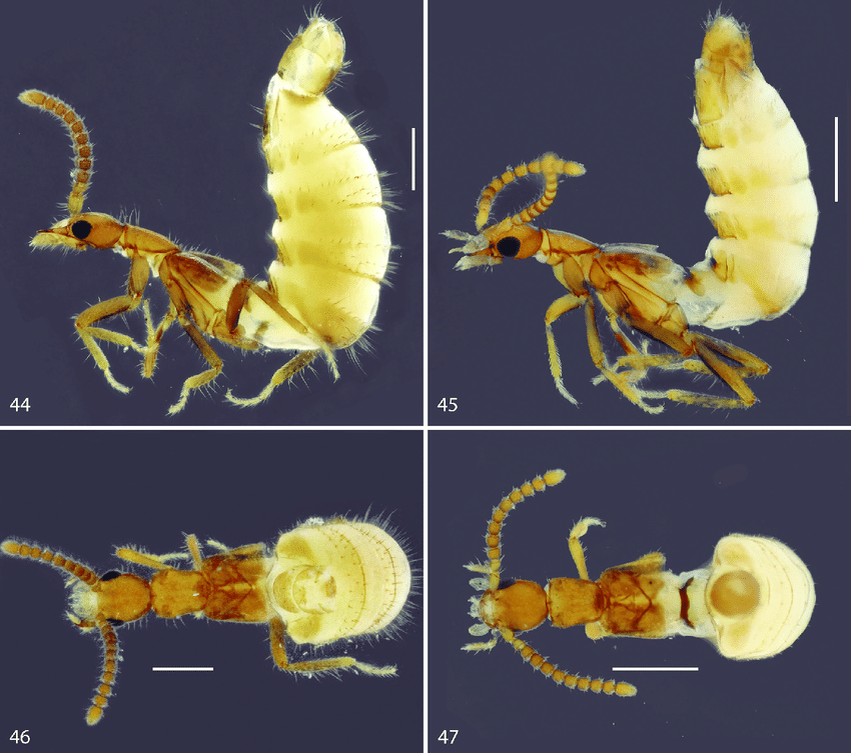
Typically, other termitophilous (termite mound-living) species of staphyllinids also have large and raised abdomens.
And all because of the bug’s lifestyle. Entomologists almost never destroy the buildings of social insects, because this is guaranteed to lead to the death of an entire colony. This means that termites protect beetle beetles not only from predators, but also from inquisitive human minds!
